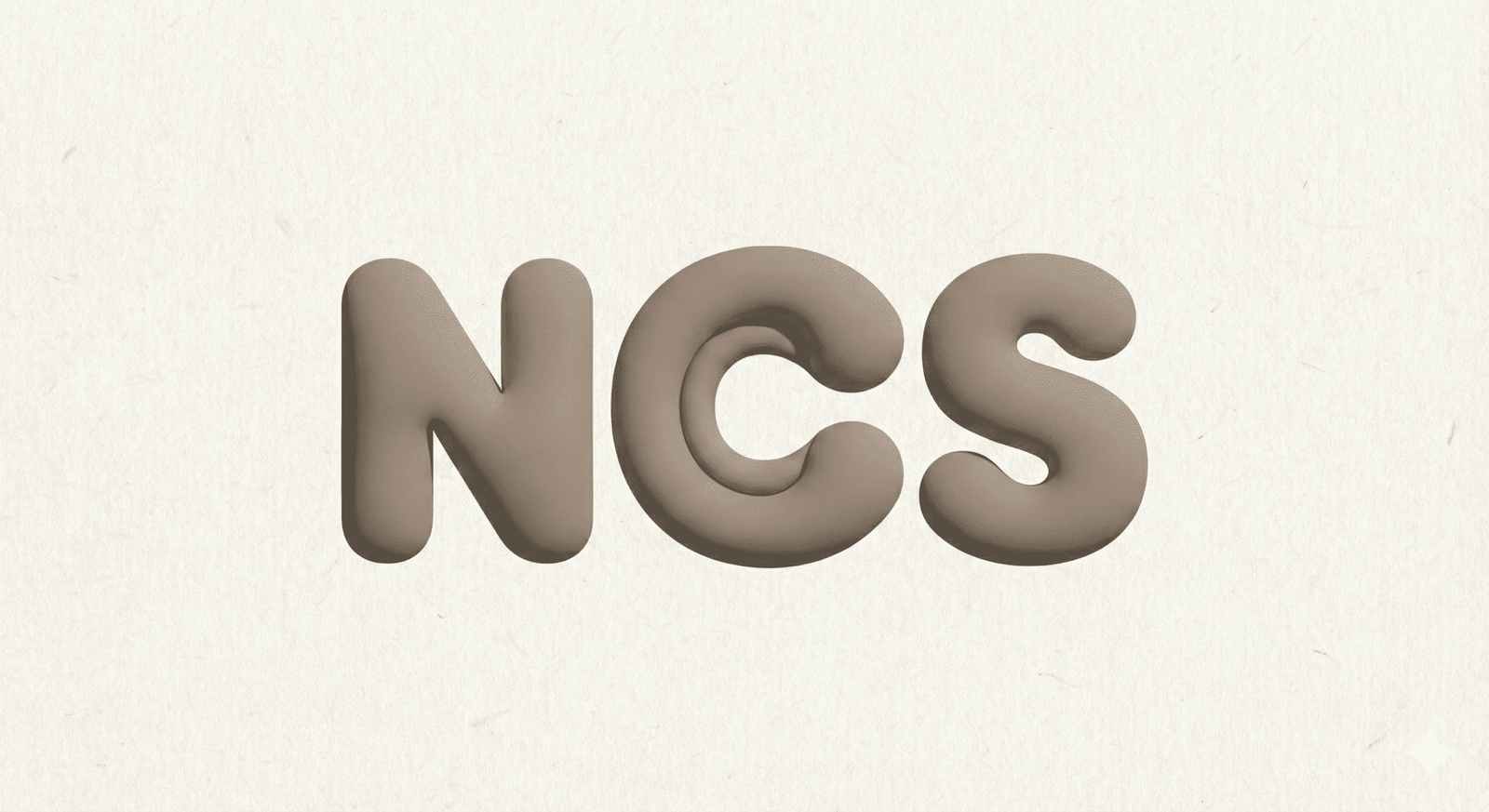Worried about tracking dirt into your pristine home? Imagine that concern amplified across an entire school.
Korean students wear slippers in school1 to maintain cleanliness, prevent the spread of germs, and promote a comfortable learning environment. It’s a cultural norm reflecting respect for shared spaces.

You may think it’s weird, but there’s a reason for it. Let’s find out!
Is Cleanliness the Only Reason for Wearing Slippers?
Are you tired of constantly cleaning your floors? Well, the same is true for schools!
While cleanliness is a major factor2, wearing slippers also contributes to a more comfortable and relaxed atmosphere3, reduces noise, and can even be seen as a sign of respect for the learning environment.

In Korea, cleanliness is deeply ingrained in the culture. This goes beyond just personal hygiene; it extends to respecting shared spaces. Think of it like this: your outdoor shoes track in all sorts of dirt, mud, and even germs. Bringing that into a classroom can quickly create an unsanitary environment. Slippers, on the other hand, provide a clean alternative.
It’s also more than just about cleanliness. Slippers are quieter than shoes. This helps to reduce noise levels in classrooms and hallways, making it easier for students to focus. It’s also surprisingly comfortable to wear slippers, especially during long school days. And, let’s be honest, who doesn’t love the feeling of sliding into something cozy after being on their feet all day?
To further understand the reasons, consider these points:
| Reason | Explanation |
|---|---|
| Cleanliness | Prevents the tracking of dirt and germs from outside into classrooms. |
| Noise Reduction | Slippers are quieter than shoes, contributing to a more peaceful learning environment. |
| Comfort | Provides students with a more comfortable footwear option during long school days. |
| Cultural Respect | Reflects a cultural value of maintaining clean and respectful shared spaces. |
| Floor Protection | Extends the life of the flooring by reducing wear and tear from outdoor shoes. |
| Healthier | Wearing slippers that are made from antibacterial materials can promote a healthy learning environment, as the growth of bacteria and fungus are both prevented. |
Are There Different Types of Slippers Used in Schools?
Do you have different slippers for different occasions? Schools are also likely to equip their students with different slippers.
Yes, while the basic idea is the same, the style and material of slippers can vary. Some schools provide standardized slippers, while others allow students to bring their own. Materials range from simple foam to more durable and comfortable fabrics.

When it comes to school slippers, it’s not just about practicality; there’s also a bit of personal expression involved! Some schools prefer a uniform look, providing all students with the same type of slipper. This creates a sense of unity and ensures that everyone is adhering to the school’s cleanliness standards. These slippers are often made from simple, inexpensive materials like foam or basic rubber.
Other schools take a more relaxed approach, allowing students to bring their own slippers from home. This gives students the freedom to choose slippers that reflect their personality and preferences.
| Type of Slipper | Material | Features | Pros | Cons |
|---|---|---|---|---|
| Standardized1 | Foam, Rubber | Uniform look, often provided by the school. | Cost-effective, ensures compliance with school rules. | May not be the most comfortable or stylish. |
| Personal2 | Fabric, Plush | Students bring their own slippers. | Greater comfort, allows for personal expression. | Can be more expensive, potential for non-compliance with school rules. |
| Indoor/Outdoor | Durable Rubber | Can be worn both indoors and outdoors (e.g., for PE class). | Versatile, convenient for students who need to transition between indoor and outdoor activities. | May track more dirt into classrooms than dedicated indoor slippers. |
| Anti-bacterial3 | Special textiles | Made from antibacterial fabrics like organic cotton or bamboo fibers. | Comfort, stylish, breathable, great for long periods of wear. | Can be more expensive, potential for non-compliance with school rules. |
| Character Design | Plush, Cartoon Characters | These slippers are made based on famous children’s media, they are made to feel softer and can promote an enjoyable learning environment. | Comfortable, high level of aesthetic appeal, can generate a buzz among students. | Can be more expensive, potential for non-compliance with school rules. |
These different types of slippers create different environments, depending on your personal preference, you can pick the one most suitable for yourself!
Conclusion
Korean students wear slippers in school for cleanliness, comfort, and cultural respect. It’s a simple tradition with many benefits.
-
Explore how standardized slippers promote unity and compliance in schools, ensuring a clean and uniform environment. ↩ ↩
-
Discover the benefits of allowing students to choose their own slippers, enhancing comfort and personal expression. ↩ ↩
-
Learn about the advantages of anti-bacterial slippers, including comfort and hygiene, perfect for long school days. ↩ ↩

